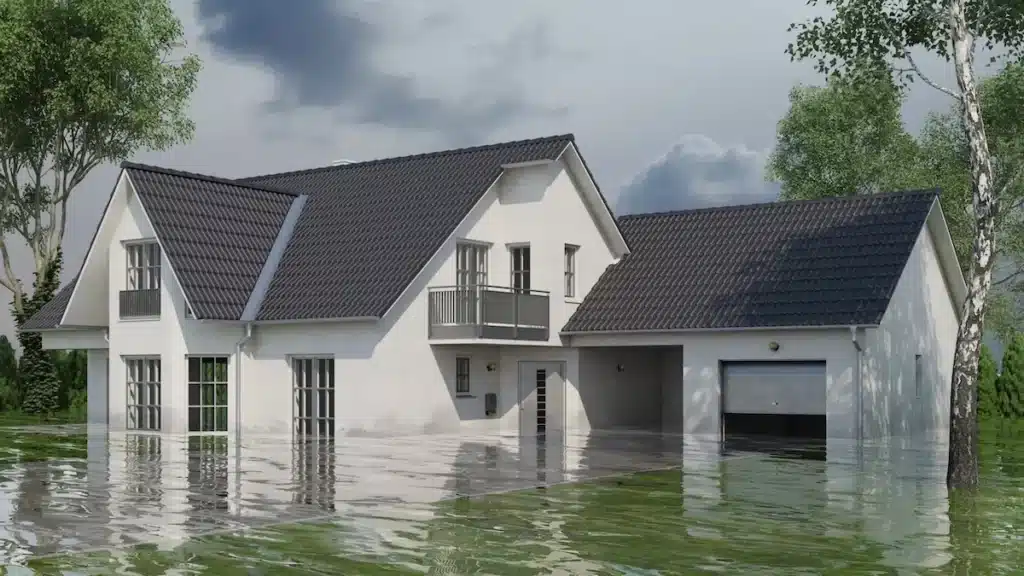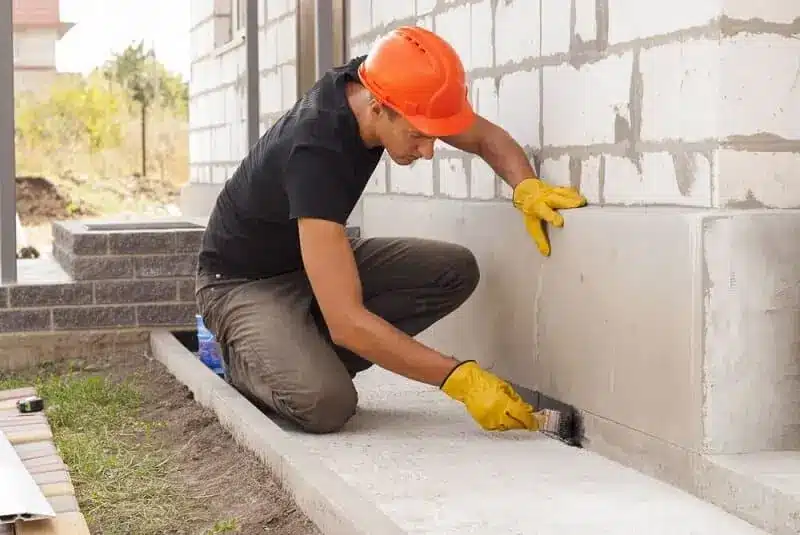Share this

When disaster strikes and your home experiences major flooding, the devastation can feel overwhelming. Water damage can quickly destroy your property, possessions, and memories, leaving you wondering where to begin. Whether from severe storms, burst pipes, or natural disasters, flooding requires immediate action and careful planning to minimize damage and protect your investment. Time is critical – every hour water in your home increases the risk of permanent damage and dangerous mold growth.
Through years of experience helping homeowners recover from flood damage, we’ve learned the crucial first steps that can save thousands of dollars in repairs and protect your family’s health and safety. We’ve worked with many homeowners and are considered one of the best companies that buy houses in these challenging situations. Having witnessed the devastating impact of flooding firsthand, we understand the comprehensive recovery process better than most. This detailed guide will walk you through the essential steps of flood recovery, from immediate safety concerns to long-term restoration options, helping you make informed decisions during this challenging time.
Safety must be your top priority when dealing with a flooded house. Floodwater poses numerous risks, including electrical hazards, contamination, and structural damage. Before entering your property, turn off all electrical power from a dry location – even if your neighborhood has lost power. The risk of electrical shock remains once service resumes, so this step is crucial for your safety.
Essential protective equipment includes waterproof boots, heavy-duty rubber gloves, an N-95 respirator mask, and eye protection. Don’t take shortcuts with safety gear – flood water often contains sewage, chemicals, and debris that can cause serious health risks. Check for structural problems like cracked foundations, buckling walls, or warped ceilings before entering. If you notice any major structural issues, stay out and contact a certified professional immediately.
Carbon monoxide poisoning is another serious concern during flood cleanup. Never use gas-powered equipment like generators or pressure washers inside your home or enclosed crawl spaces. Keep your family members safe by ensuring proper ventilation when using any cleaning equipment or bleach solutions. If anyone experiences headaches, dizziness, or other unusual symptoms, seek medical attention immediately.
Be especially vigilant about contaminated water and the potential for waterborne diseases. Avoid direct contact with flood water whenever possible, and never use flooded areas for food preparation until they’ve been properly cleaned and sanitized. If you have access to safe water, use it sparingly for essential needs like drinking and basic hygiene until normal water service is restored.
Before starting any cleanup efforts, thoroughly document all flood damage for your insurance company. This crucial step can significantly impact your ability to receive fair compensation for your losses. Take clear, well-lit photos and videos of every affected area, including:
Create a detailed inventory of damaged items, including estimated values and purchase dates when possible. Save any receipts for emergency repairs or temporary housing. Make notes about when the flooding occurred, its extent, and any immediate actions you took to mitigate damage. The more thorough your documentation, the stronger your insurance claim will be.
Understanding your insurance coverage before disaster strikes is crucial advice we often share as experienced home buyers in Knoxville,TN. Through years of helping local homeowners, we’ve seen how devastating it can be when people discover their standard homeowners insurance doesn’t cover flood damage. Most policies require separate flood insurance for water-related disasters, a distinction that becomes particularly important during hurricane season when weather-related flooding increases.
Don’t delay in contacting your insurance company to initiate your claim. Waiting for things to dry out or for adjusters to become available only complicates the process and could jeopardize your claim. The sooner you begin documenting and filing paperwork, the better your chances of a smooth claims experience. Keep detailed records of:
Insurance companies often have specific requirements for flood claims, including detailed documentation and proper cleaning procedures. Follow their guidelines carefully to avoid claim denials. If possible, wait for the adjuster’s approval before making permanent repairs, but document any emergency measures you take to prevent further damage.
Request your FREE cash offer today! Fill out the form below or call us at (865) 999-0025 for your cash offer!
Understanding how much water damage costs to repair helps explain why quick action is essential. The longer water sits, the more extensive and expensive the damage becomes. Start with these critical steps:
Focus special attention on valuable items and stuffed animals that hold sentimental value. Some items may be salvageable with professional cleaning, but others might pose health risks if kept. When in doubt, consult restoration experts about what can be safely saved.
Learning how to remediate mold becomes crucial during flood recovery because mold growth can begin within 24-48 hours of water exposure. We buy homes in all conditions, and we’ve seen how rapidly mold can spread throughout a property, causing additional damage and health concerns.
Use professional-grade dehumidifiers and high-velocity fans to dry out your home. Monitor humidity levels with a moisture meter, aiming for levels below 50%. Pay special attention to these high-risk areas:
The process of making your home mold-free requires thorough cleaning and proper air circulation. Treat visible mold with appropriate cleaning solutions and consider hiring professionals for extensive contamination. Replace any porous materials that can’t be thoroughly dried, including:
After achieving thorough drying, it’s time to assess what can be salvaged and what requires replacement. This phase requires careful planning and often professional expertise. Focus on these critical areas:
Consider using this opportunity to upgrade to more flood-resistant materials and systems. While the upfront cost might be higher, these improvements can provide significant long-term savings and peace of mind.
Flooding can be a devastating experience, but there are steps you can take to prevent future floods and natural disasters from affecting your home. Here are some additional considerations to keep in mind:
By taking these steps, you can help prevent future floods and natural disasters from affecting your home and ensure a safe and speedy recovery process.

In addition to the steps outlined above, here are some additional considerations to keep in mind when dealing with a flooded home:
By keeping these additional considerations in mind, you can better manage the challenges of a flooded home and ensure a smoother recovery process.
If the recovery process seems overwhelming, you might consider selling your property. While some might suggest you sell a house for sale by the owner, flooding complications make this particularly challenging. Understanding the paperwork to sell a house in Tennessee becomes even more complex with flood damage. Additionally, a home’s flood history can significantly reduce property value and increase the cost of flood insurance, especially in flood-prone areas or for homes with severe repetitive loss (SRL) status.
At Nexus Homebuyers, we are transparent about how we calculate our offers while considering:
Selling traditionally after a flood presents several challenges:
About us: We’re local investors who understand Knoxville’s unique challenges and market conditions. Our experience with flood-damaged properties allows us to make fair offers and close quickly, helping homeowners move forward without the stress of managing repairs and restoration.
Don’t let flood damage keep you trapped in a difficult situation. Contact us today for a no-obligation cash offer and explore your options. Whether you choose to repair and stay or sell and start fresh, understanding all your options is crucial for making the best decision for your situation.
Remember, while rebuilding after a flood can seem overwhelming, you have choices. Working with experienced professionals who understand these challenges can save you significant time, money, and stress in the long run. Let us help you navigate this difficult situation and find the best path forward for you and your family.
We buy houses in Tennessee and have helped hundreds of homeowners to sell their homes all over Knox County, Blount County, Anderson County, Knoxville, Maryville, Oak Ridge, Farragut, and East Tennessee.
Sell Your Home
Resources
Contacts us
Copyright © 2025 Nexus Homebuyers